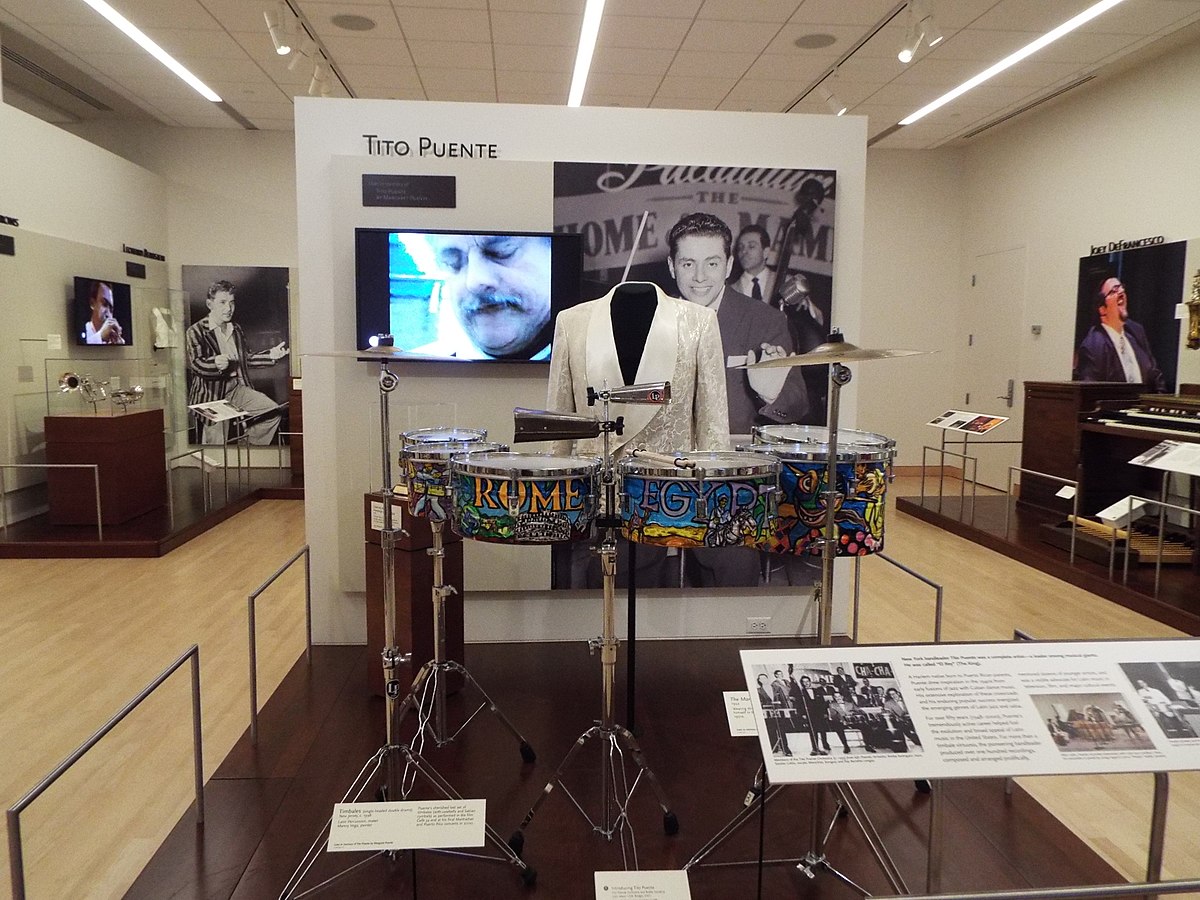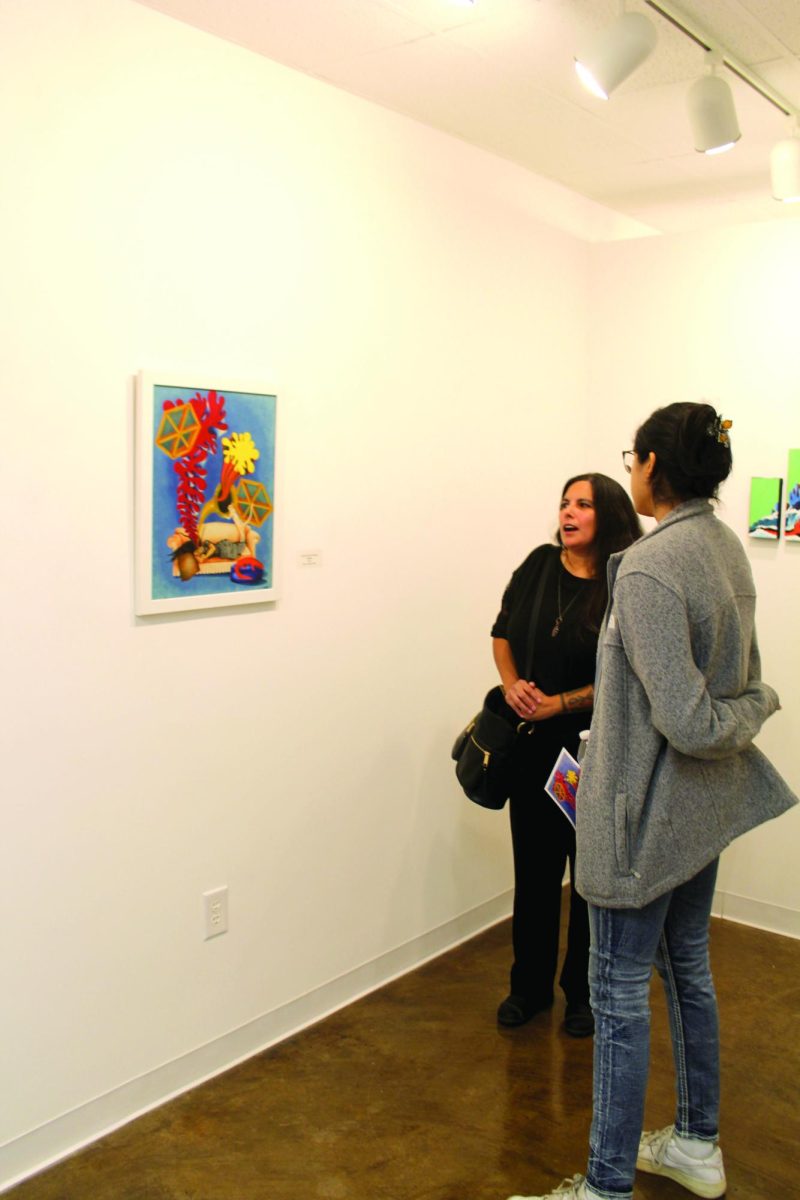Looking back through the history of Latin music, it’s hard to find someone more instrumental in the development and progression of mambo than “El Rey,” Tito Puente.
Throughout his career, the timbalero-turned bandleader released around 120 albums and won seven Grammy awards, as well as a plethora of lifetime achievement awards, some of which were posthumously awarded. Along the way, he popularized and expanded upon the music he played with his love of jazz and percussion.
Ernest Anthony Puente Jr. was born on April 20, 1923, to Puerto Rican parents who had only recently arrived in New York. Ernestito – which eventually became just “Tito” – was known at an early age throughout his Spanish Harlem neighborhood for banging on pots and pans and making a racket. His mother put him in piano lessons to channel the energy into something more creative, and by 10 he had turned to percussion.
At 13, Puente was already a professional musician who played in bands such as the Happy Boys, then dropped out of school at 16 to pursue music full-time. At 19, he apprenticed in the Machito Orchestra after their drummer had been drafted into World War II. In 1942 Puente was drafted into the Navy, where he showcased his multiple talents throughout his various duties, such as playing alto sax or manning the ship’s machine gun.
Upon being discharged, Puente used his GI Bill to study music at The Juilliard School, a private performing arts conservatory in New York City, and formed the Tito Puente Orchestra in 1948 shortly after completing his education.
The band was immensely popular and soon became a staple in New York’s Palladium concert hall where Puente brought Latin music, and more specifically Cuban rhythms like mambo and cha-cha-chá, to the forefront along with his jazzy twist and trademark showmanship.
Puente’s most popular album was 1958’s “Dance Mania.” Upon giving it a listen, it’s easy to tell why: From front to back, the album is chock-full of infectious rhythms and dripping with the players’ passion.
“El Cayuco” draws the listener in with an entrancing cha-cha rhythm carried by the horns and guiro. “Three D Mambo” is a perfect example of Puente’s penchant for running a jazz arrangement through a Latin percussion filter, resulting in a whole greater than the sum of its already exquisite parts. For “Hong Kong Mambo,” the spotlight is on the marimba, with screeching trumpet interjections and a very light percussive background.
Vocals aren’t usually the focus of a song, but when they are featured in songs such as “Cuando Te Vea (Guaguanco)” and “Estoy Siempre Junto a Ti,” they’re a beautiful addition to the soundscape and blend right into the mix.
Puente made great strides in popularizing Latin music with his addicting compositions and charismatic charm, but didn’t stop there; Puente made a difference by giving back to the community. In 1979, he created the Tito Puente Scholarship Fund for Latin percussionists attending Juilliard.
“The scholarship was a dream of mine for a long time,” Puente said. “In the Latin community, we have a lot of gifted youngsters who don’t get an opportunity to develop their talent because of a lack of money. Long after I’m gone, the fund will be helping kids.”
Tito Puente was one of those people who just seemed ready-made for their career and took great pride and passion in it. Watching his Sesame Street appearance, it’s very apparent that the warm and energetic man who won over Oscar the Grouch was no different off-screen: a kind soul and a killer timbalero.








